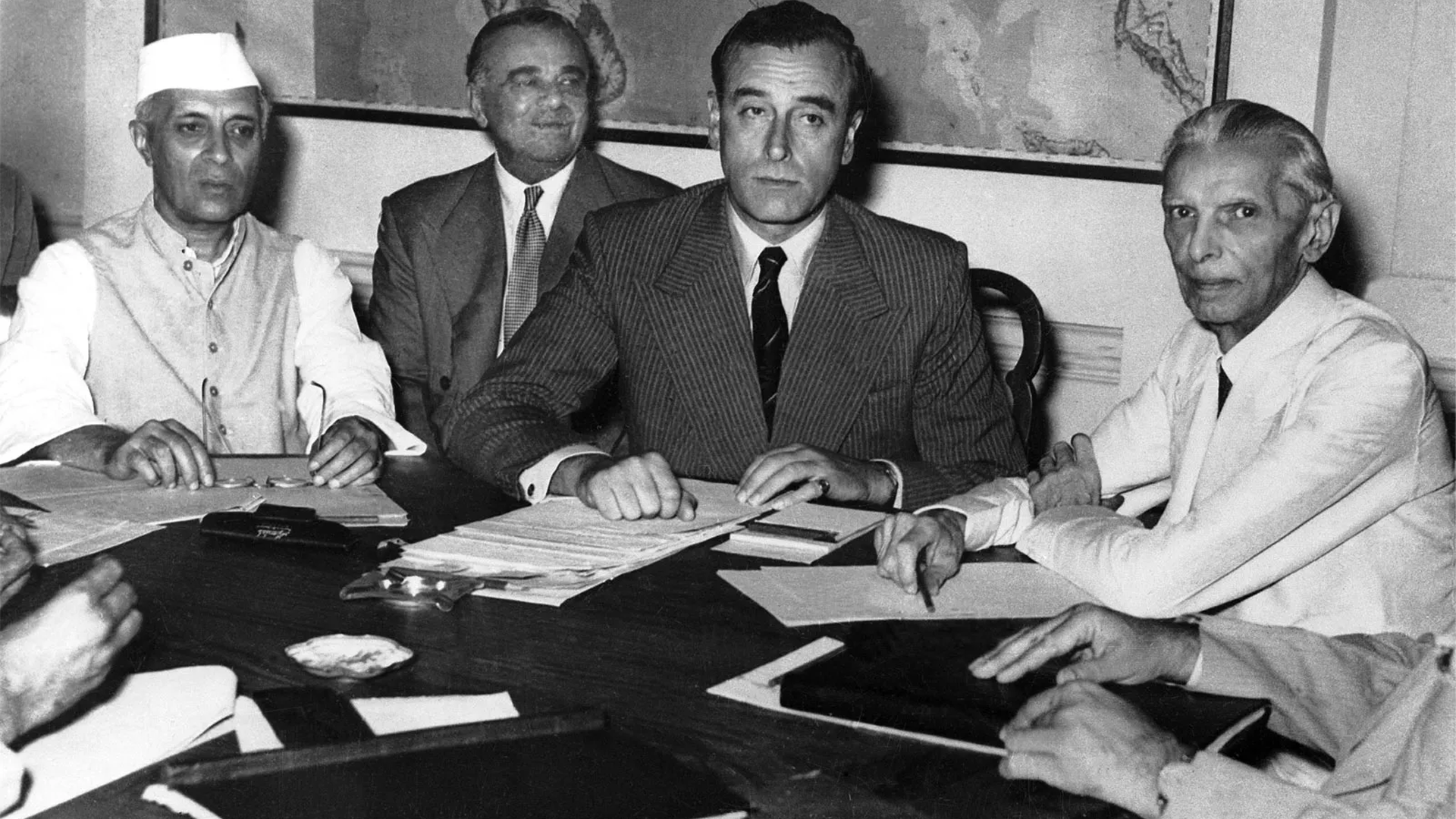India and Pakistan Win Independence

The 1947 Partition divided British India into two independent nations—India and Pakistan—ending nearly two centuries of colonial rule but unleashing one of the largest and bloodiest forced migrations in history.
What Happened?
After nearly 200 years under British rule, the Indian Independence Act took effect at midnight on August 15, 1947. In theory, it was the culmination of decades of nationalist struggle led by figures like Mohandas Gandhi and Muhammad Ali Jinnah. In reality, independence came with a razor-sharp dividing line: the creation of Hindu-majority India and Muslim-majority Pakistan.
The borders—drawn in just five weeks by British lawyer Sir Cyril Radcliffe, who had never set foot in India before, sliced through provinces, farmlands, cities, and lives. Punjab and Bengal were split almost in half. Millions woke to find themselves on the 'wrong' side of a new border, suddenly transformed into minorities in their own homelands.
The scale of the upheaval was unprecedented. Fourteen million people fled or were driven from their homes, many traveling in caravans that stretched for miles. Violence swept across the land—massacres, sexual assaults, arson, leaving as many as two million dead. Trains arrived at stations carrying nothing but the bodies of those who had boarded them.
The British had announced their departure barely a month earlier, accelerating the timetable for independence by ten months. There was no time to prepare for the logistics of dividing an entire subcontinent, let alone prevent the sectarian violence that erupted in the vacuum of power.
For centuries, Hindus, Muslims, Sikhs, and others had lived side by side. Partition shattered that coexistence for generations. Yet even amid the horror, stories of humanity endured: neighbors shielding each other, strangers guiding refugees to safety, survivors finding ways to forgive.
Today, the legacy of August 15, 1947, is double-edged—celebrated as the birth of two nations, mourned as a human tragedy. Its history lives not only in political speeches and official records, but in the oral histories of those who remember both the joy of freedom and the grief of loss.
Why It Matters
The independence of India and Pakistan was both a liberation and a rupture. It ended the British Empire’s rule over South Asia but set off a humanitarian crisis that reshaped borders, identities, and politics for generations. Partition is a reminder that the end of colonialism is rarely the end of struggle—and that how a freedom is won can shape the fate of the freedom itself.
?
What factors led the British to accelerate their withdrawal from India by nearly a year?
Who was Sir Cyril Radcliffe, and how did he draw the borders between India and Pakistan?
How did Partition affect the provinces of Punjab and Bengal?
What role did oral histories play in preserving the human stories of Partition?
In what ways does the legacy of Partition still influence India-Pakistan relations today?
Dig Deeper
Dig into the 1947 Partition of India, when Britain split the region into two states, India and Pakistan, and the mass migrations and violence that followed.
Related

The Haudenosaunee Confederacy: Indigenous Roots of American Democracy
Long before the Founding Fathers gathered in Philadelphia, a league of Native Nations had already established one of the world’s oldest participatory democracies—an Indigenous blueprint for unity, peace, and governance.

McCarthyism: Fear, Power, and the Red Scare
In the 1950s, fear of communism gripped America. Senator Joseph McCarthy fueled this fear by accusing hundreds of people of being communist traitors—often without proof. The result was a national panic that tested the meaning of truth, justice, and freedom.

The Great Depression: America in Crisis
The Great Depression was more than a stock market crash — it was a decade-long test of American resilience that reshaped the nation's economy, politics, and daily life.
Further Reading
Stay curious!
